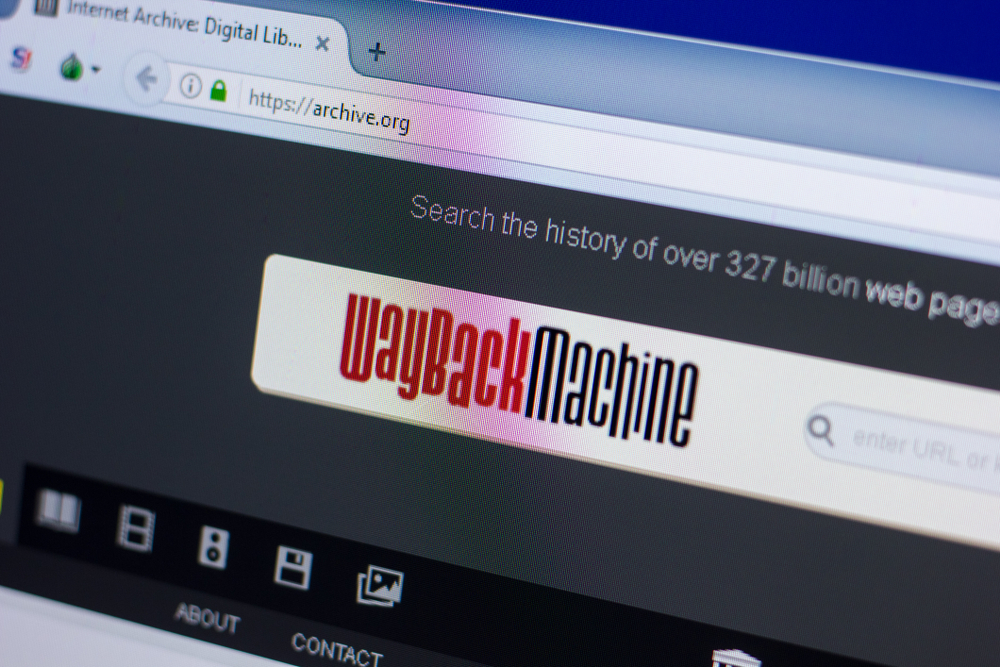Have you ever clicked on a broken link or searched for a website that no longer exists, wishing you could revisit it? With the Wayback Machine, you can travel back in time and explore archived versions of websites. Whether you're a researcher, marketer, or just curious about how the web looked in the past, the Wayback Machine is your digital time capsule.
In this guide, we’ll break down everything you need to know about the Wayback Machine—what it is, why it’s useful, and how to use it effectively. Let’s get started!
What Is the Wayback Machine?
The Wayback Machine is a digital archive of the internet, created by the Internet Archive, a non-profit organization dedicated to preserving digital content. Since its launch in 2001, the Wayback Machine has captured billions of web pages, allowing users to access snapshots of websites as they appeared on specific dates.
Key Features:
- Browse Historical Snapshots: View websites from past decades.
- Preserve Digital Content: Save web pages for future reference.
- Analyze Website Evolution: Track changes to websites over time.
It’s often called the “time machine of the internet” because it allows users to revisit the digital past.
Why Is the Wayback Machine Important?
Here are some reasons why the Wayback Machine is such a valuable tool:
1. Preserving Digital History
The internet evolves quickly, and many websites disappear or change. The Wayback Machine captures these moments, preserving them for future generations.
2. Research and Analysis
- Marketers: Analyze how competitors’ websites have evolved.
- Journalists: Track changes to government or corporate pages.
- Researchers: Study the history of digital communication and design.
3. Recovering Lost Content
If a website goes offline or pages are deleted, the Wayback Machine can help you recover valuable content.
4. Legal and Compliance Uses
Archived pages can serve as evidence in legal cases, audits, or compliance reviews.
Whether for nostalgia or necessity, the Wayback Machine makes the past accessible.
How to Use the Wayback Machine
Here’s a step-by-step guide to using the Wayback Machine effectively:
1. Visit the Wayback Machine Website
Go to the official Wayback Machine: https://archive.org/web/.
2. Enter the URL
Type the URL of the website you want to explore in the search bar. For example, entering "www.google.com" will show archived versions of Google.
3. Select a Date
Once you search, you’ll see a calendar view highlighting the dates when the website was archived. Click on a specific date to view the snapshot of the website from that day.
4. Browse the Archived Website
Explore the website as it appeared on that date. Keep in mind that interactive elements (e.g., forms or logins) may not work.
Tips for Using the Wayback Machine Effectively
Here are some tips to get the most out of the Wayback Machine:
1. Use Advanced Search
Narrow your results by using advanced search features, such as filtering by year or keyword.
2. Compare Snapshots
To track changes, view snapshots from different dates. This is especially useful for analyzing website redesigns or updated content.
3. Bookmark Key Pages
If you find something valuable, save it or take a screenshot for future reference.
4. Check Other Archives
The Internet Archive offers additional resources, including archived books, videos, and audio files.
Real-World Uses of the Wayback Machine
Here are a few practical ways to use the Wayback Machine:
1. Competitor Research
Marketers can study how competitors’ websites have changed over time, from design updates to content strategies.
2. Recovering Lost Content
If your website crashes or a client loses content, the Wayback Machine can help you retrieve old versions of pages.
3. Tracking Changes
Journalists and researchers can monitor edits to public websites, such as government or corporate pages.
4. Exploring Nostalgia
Ever wondered what your favorite website looked like in 2005? The Wayback Machine lets you relive those moments.
Challenges and Limitations of the Wayback Machine
While the Wayback Machine is a powerful tool, it does have some limitations:
1. Incomplete Archives
Not all websites are fully archived. Some pages, images, or media files may be missing.
2. Limited Functionality
Interactive features like login forms or search bars won’t work in archived versions.
3. Not Everything Is Archived
Due to privacy settings or robots.txt files, some websites may not be captured by the Wayback Machine.
4. Reliability
Occasionally, snapshots may not load properly or display formatting issues.
Conclusion
The Wayback Machine is more than just a tool—it’s a gateway to the digital past. From recovering lost content to conducting research, it offers countless possibilities for users across industries. By understanding how to use it effectively, you can unlock a treasure trove of archived information and insights.
Now it’s your turn to explore! Visit the Wayback Machine, enter a URL, and see where the digital time machine takes you. Have questions or insights about using the Wayback Machine? Drop a comment below—we’d love to hear from you!

